I’ll never forget the moment I first laid eyes on a Crimson guitar kit. As a seasoned luthier, I thought I’d seen it all, but the quality and craftsmanship of these DIY packages left me speechless. It was like discovering a hidden treasure trove of potential, waiting to be unlocked by passionate builders. That day marked the beginning of a journey that would revolutionize my approach to custom guitar making.
With nearly three decades of experience under my belt, I’ve witnessed the evolution of DIY guitar building firsthand. My engineering background and research-oriented approach to instrument design have given me a unique perspective on the value of these kits. In this comprehensive review, I’ll dive deep into the world of Crimson guitar building kits, exploring their offerings, quality, and the transformative experience they provide. Whether you’re a novice dreaming of your first build or a seasoned craftsman seeking new challenges, join me as we unravel the magic of Crimson Guitar Kits.
Overview of Crimson Guitar Kits
Types of Kits Available
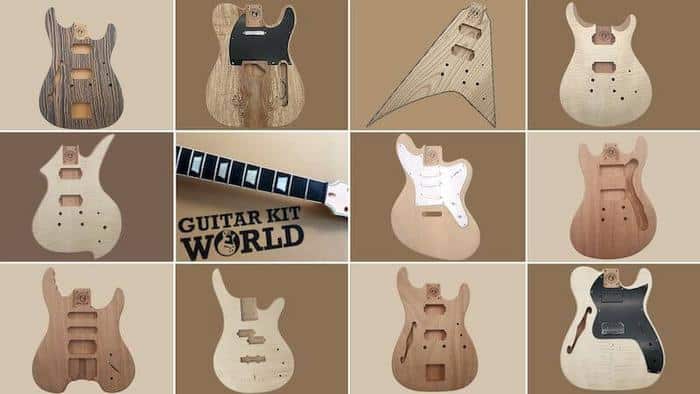
In my experience reviewing guitar kits for the Savart Journal, I’ve found that Crimson Guitars offers an impressive array of options. Their lineup caters to various skill levels and musical preferences, from beginner-friendly builds to more complex projects. The Crimson Guitars Telecaster kit stands out as a prime example, embodying the classic design principles I often discuss in my lutherie articles. It’s a testament to Crimson’s commitment to authenticity and quality.
Beyond the Telecaster, Crimson provides kits for Stratocaster-style guitars, Les Paul models, and even more unique shapes like offset and hollow-body designs. What I particularly appreciate is how these kits allow enthusiasts to explore different tonewoods and electronics configurations, mirroring the customization options found in professional-grade instruments. This variety not only enhances the learning experience but also enables builders to create truly personalized instruments.
Quality of Materials

In my experience with precision guitar kits, the quality of materials is paramount. Crimson Guitar Kits consistently impress me with their attention to detail in material selection. The tonewoods they use are carefully chosen for their acoustic properties, ensuring optimal sound production. My research into instrument acoustics has taught me the crucial role that material quality plays in sound production, and I can confidently say that Crimson doesn’t cut corners here.
From the resonant body woods to the finely crafted necks, each component is selected to contribute to the overall tonal characteristics of the instrument. The hardware, too, is of notable quality, with tuners and bridges that promise stability and durability. This commitment to excellence in materials not only enhances the final product but also makes the building process more enjoyable and rewarding for DIY enthusiasts.
The Crimson Guitars Company
Company History and Reputation
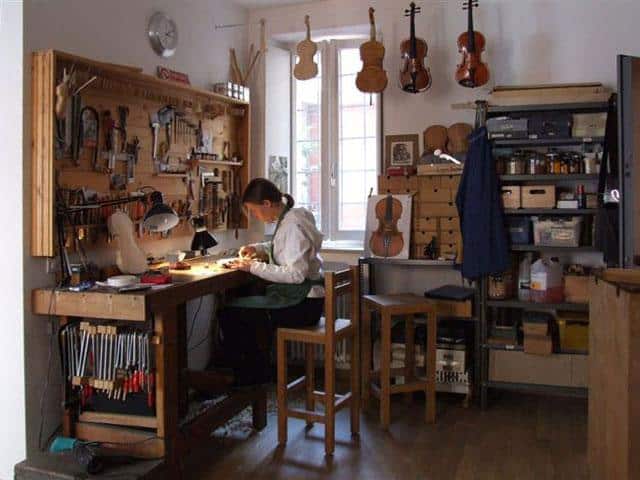
As a member of the New England Luthiers group, I’ve witnessed firsthand how Crimson Guitars has earned its stellar reputation in the DIY guitar community. Founded in 2005 by master luthier Ben Crowe, the company has consistently demonstrated a commitment to quality and innovation. Their journey from a small workshop to a respected name in guitar building is truly inspiring.
One aspect that sets Crimson apart is their B-stock program. This initiative offers slightly imperfect or overstock items at discounted prices, making high-quality components more accessible to budget-conscious builders. I’ve personally used B-stock parts in several builds and can attest to their excellent value. This approach not only reduces waste but also fosters a sense of inclusivity in the guitar-building community, aligning perfectly with Crimson’s ethos of empowering DIY enthusiasts.
Customer Support and Resources

As someone who’s delved deep into the world of luthiery literature, I’m particularly impressed with Crimson Guitars’ customer support and resources. Their comprehensive guitar building course stands out as a testament to their commitment to education. I’ve found their instructional videos to be clear, concise, and incredibly helpful for both novices and experienced builders alike. The company’s responsive support team has always been quick to address my queries, often going above and beyond to provide detailed explanations and solutions.
What truly sets Crimson apart is their community-driven approach. The forums and user galleries they maintain foster a sense of camaraderie among DIY enthusiasts. This wealth of shared knowledge and experience complements their official resources beautifully, creating an ecosystem of support that’s unparalleled in the industry. It’s this holistic approach to customer support that, in my experience, elevates Crimson Guitars from a mere kit supplier to a true partner in your guitar-building journey.
Assembling Crimson Guitar Kits
Tools and Skills Required
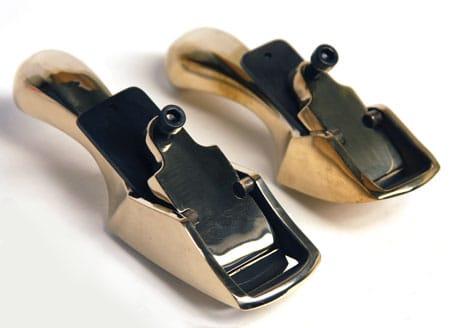
In my decades of instrument building, I’ve come to appreciate the importance of having the right tools and skills. Assembling Crimson Guitar Kits requires a mix of basic woodworking knowledge and specialized luthier techniques. While most kits come with detailed instructions, having a solid foundation in guitar construction principles is invaluable.
One tool I’ve found particularly useful is the Crimson Guitars fret leveling kit. It’s a game-changer for achieving professional-grade fretwork, even for beginners. Beyond this, you’ll need standard woodworking tools like chisels, files, and sandpaper. Patience and attention to detail are just as crucial as physical tools. I always emphasize the importance of taking your time, especially during critical stages like neck alignment and fret installation. With the right tools and mindset, assembling a Crimson Guitar Kit can be an incredibly rewarding experience.
Step-by-Step Assembly Process
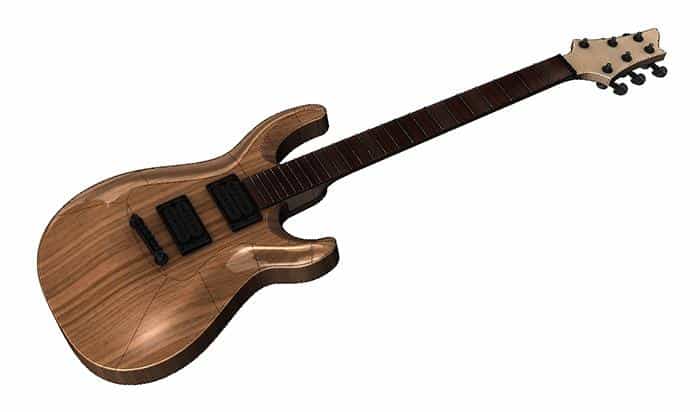
As an engineer, I’ve honed the skill of breaking down complex processes into manageable steps. This expertise proves invaluable when tackling Crimson’s guitar kit instructions. The assembly process, while detailed, becomes surprisingly straightforward when approached methodically. I always start by laying out all components and thoroughly reviewing the manual. This initial step is crucial for familiarizing yourself with the parts and anticipating challenges.
Next, I focus on the body-to-neck joint, ensuring a snug fit before moving on to electronics. Soldering pickups and controls requires patience, but Crimson’s clear diagrams make this task accessible even for beginners. Finally, I address setup and intonation, fine-tuning the instrument for optimal playability. Throughout the process, I’ve found that Crimson’s support resources are invaluable for troubleshooting any issues that arise, making the build experience both educational and rewarding.
Comparing Crimson Guitar Kits
Crimson vs Other Brands

As someone who’s extensively reviewed guitar kits for various publications, I can confidently say that Crimson stands out in the crowded market. While many brands offer decent kits, Crimson’s attention to detail is unparalleled. Their precision-cut bodies and necks often surpass those of competitors, resulting in easier assembly and better-playing instruments. What truly sets Crimson apart, however, is their commitment to education. Unlike other brands that simply ship a box of parts, Crimson provides comprehensive resources, making the building process more accessible to beginners while still appealing to experienced luthiers.
That said, Crimson kits tend to be pricier than some alternatives. But in my experience, the superior materials, fit, and finish justify the cost. When considering value for money, it’s crucial to factor in not just the components, but also the support and potential for a superior final product. This holistic approach is where Crimson truly shines compared to other brands in the market.
Value for Money
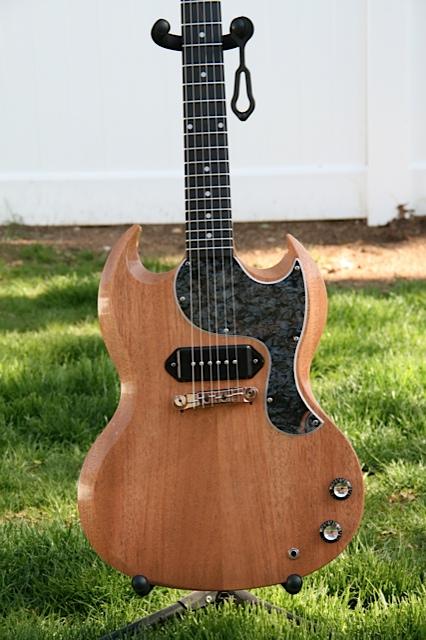
When you buy a guitar kit, value for money is paramount. As someone who’s been in the lutherie field for decades, I’ve developed a keen eye for cost-effectiveness in guitar building. Crimson Guitar kits, in my experience, offer exceptional bang for your buck. The quality of materials and precision of pre-cut components often surpass those of competitors in similar price ranges. What truly sets these kits apart, though, is the educational value they provide. The comprehensive instructions and supplementary resources effectively transform each build into a masterclass in lutherie. This knowledge transfer alone justifies the investment for many enthusiasts. Moreover, the flexibility to customize and upgrade components allows builders to tailor their expenditure to their specific needs and budget, further enhancing the value proposition of these kits.
Customization Options
Finish and Hardware Choices

When it comes to finish and hardware choices for Crimson’s electric guitar kits, my research into instrument acoustics has revealed fascinating insights. The finish you select isn’t just about aesthetics; it significantly impacts the guitar’s resonance and sustain. I’ve found that thin nitrocellulose finishes, offered by Crimson, allow the wood to vibrate more freely, enhancing the instrument’s natural tone. As for hardware, the options are extensive and each choice subtly shapes the guitar’s voice. Bridge materials, for instance, affect string vibration transfer to the body. Through experimentation, I’ve discovered that Crimson’s brass bridges impart a brighter tone compared to their steel counterparts. These choices empower you to craft not just the look, but the very soul of your instrument.
Personalizing Your Build

When it comes to personalizing your Crimson guitar kit build, the possibilities are truly exciting. As someone who’s focused on ergonomics in instrument design, I’ve found that these guitar assembly kits offer excellent opportunities for customization. One of my favorite aspects is adjusting the neck profile for optimal comfort. By carefully sanding and shaping the neck, you can create a feel that’s uniquely yours and enhances playability.
I also recommend experimenting with body contours to improve ergonomics. A subtle forearm bevel or tummy cut can make a world of difference in comfort during long playing sessions. Don’t be afraid to get creative with hardware placement either. Slightly angling the bridge or repositioning the controls can significantly impact your playing experience. Remember, the goal is to create an instrument that feels like an extension of yourself, perfectly suited to your playing style and physical needs.
FAQs
What are Crimson Guitar Kits?
What skill level is required to build a Crimson Guitar Kit?
What types of guitar kits does Crimson offer?
How long does it typically take to build a Crimson Guitar Kit?
What are the advantages of building a Crimson Guitar Kit?
1. Customization: You can create a unique instrument tailored to your preferences.
2. Learning experience: Gain in-depth knowledge about guitar construction and setup.
3. Cost-effective: Often more affordable than buying a comparable pre-built guitar.
4. Satisfaction: The pride of playing an instrument you’ve built yourself.
5. Quality control: You oversee every aspect of the build, ensuring quality at each step.
Conclusion
Drawing on my extensive experience in lutherie and engineering, I’ve thoroughly examined Crimson Guitar kits from every angle. These kits offer a compelling blend of quality, customization, and value that’s hard to overlook in the DIY guitar building world. After exploring every aspect of Crimson Guitar Kits, one question remains: Are they the right choice for your next build? The answer largely depends on your skill level and project goals.
For beginners, Crimson’s comprehensive resources and user-friendly designs provide an excellent entry point into guitar building. Experienced luthiers will appreciate the high-quality materials and extensive customization options. While not the cheapest on the market, the value proposition is clear when considering the overall package. Crimson guitar building kits stand out for their attention to detail, customer support, and the company’s rich heritage in guitar craftsmanship. Ultimately, whether you’re crafting your first instrument or your fiftieth, Crimson offers a solid foundation for creating a truly personalized guitar.